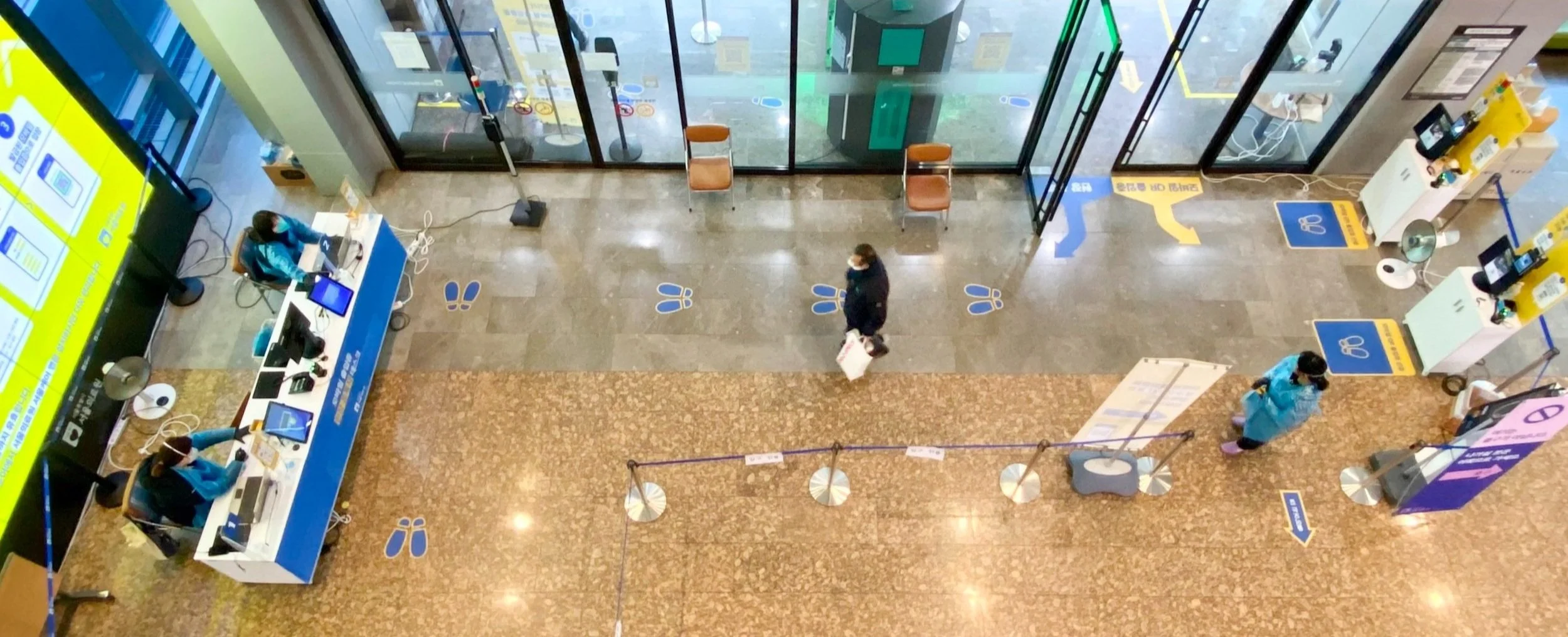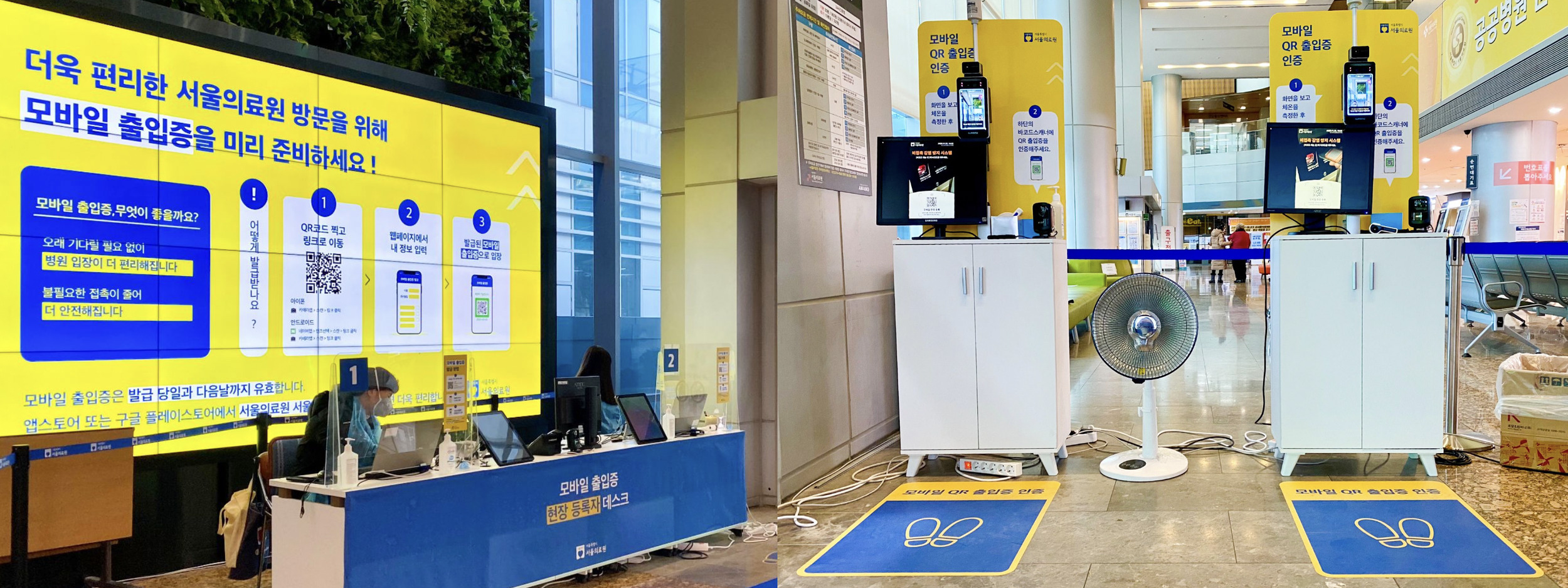Service Design in a crisis: Rapid service testing at hospitals during Covid-19
Prototyping-led approach
With Seoul Medical Centre, Seoul Metropolitan Government
Role Service Design Director
2020/2021
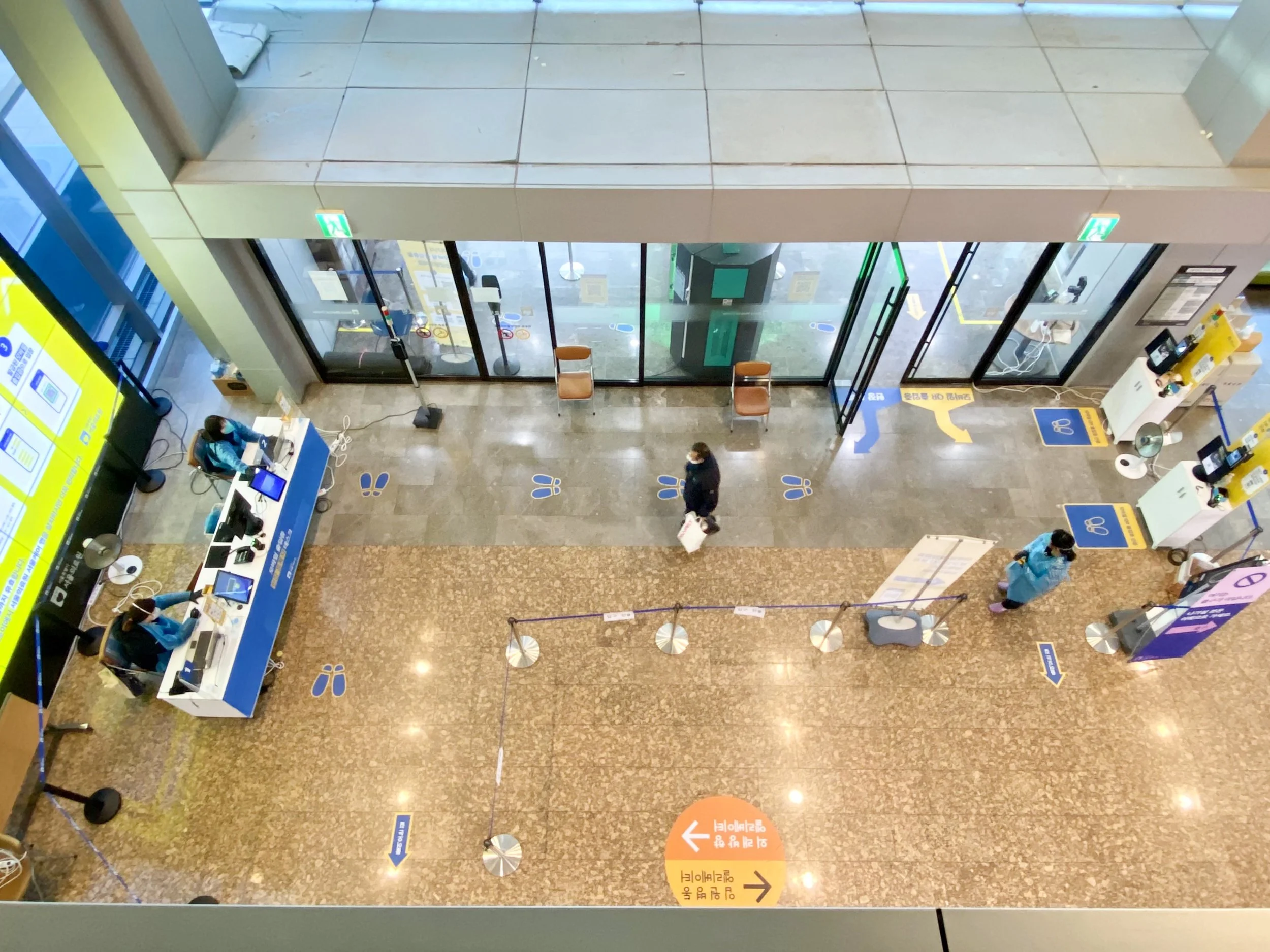
In February 2020, Seoul Medical Centre became the main public hospital in Seoul dedicated to treating Covid-19 patients. We had to change our general ward to a negative pressure ward overnight. Relevant departments worked together to change the internal structure, develop new flow planning, and inform doctors, nurses, other staff, and patients about the changes. Everything was sudden, and people were confused.
My colleagues on the frontline had to come up with ideas and plans constantly. Planning and designing service in such a short time was challenging to do as most of them also had to deliver the service every day.
Since we were a service design team based in the hospital, we responded quickly to many small and significant changes as part of the emergency response team. The activities varied from planning new access routes and sign systems to designing effective covid test centres. There were many challenges, such as unclear roles among staff and the need for quick, safe and efficient solutions.

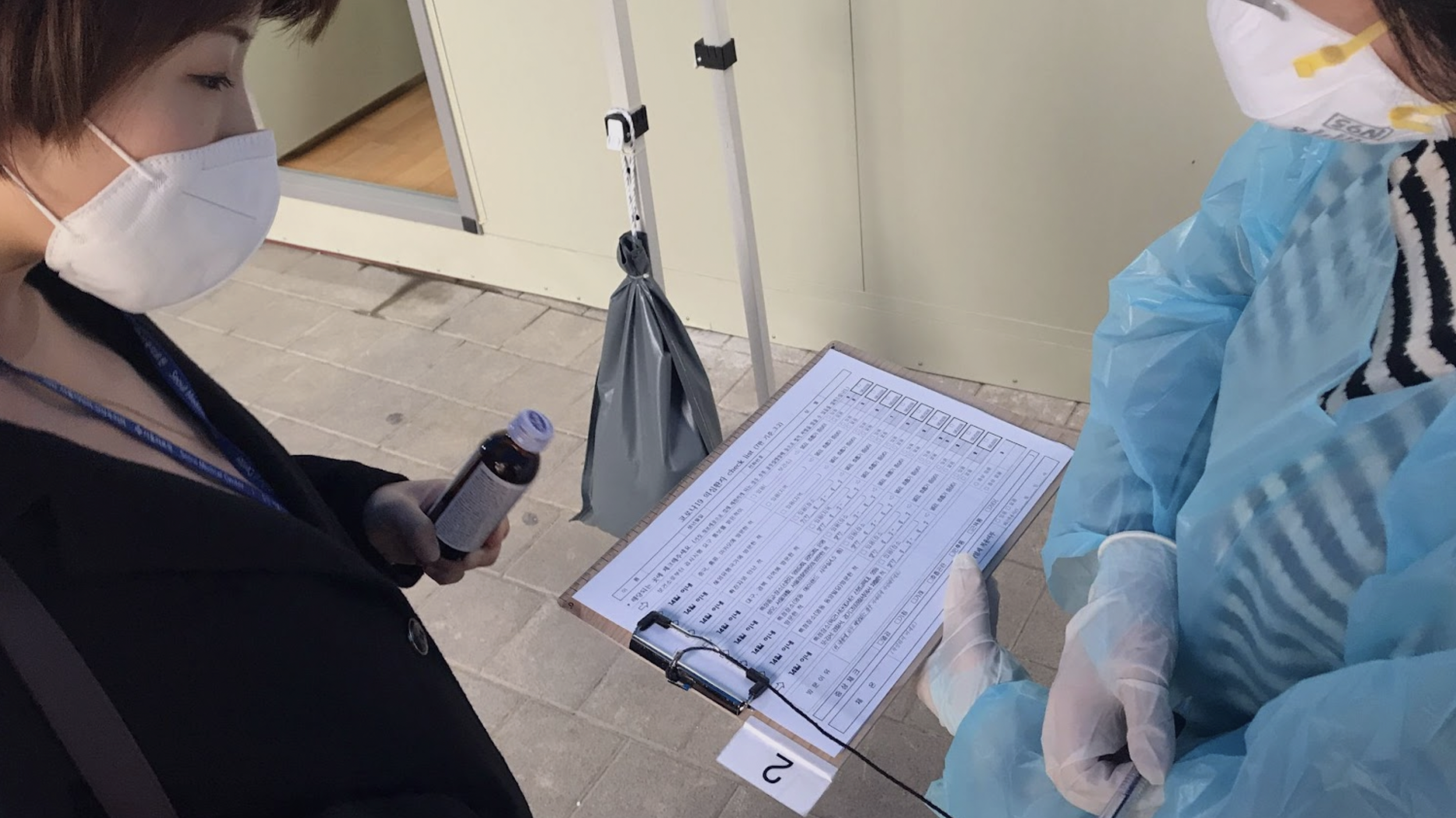
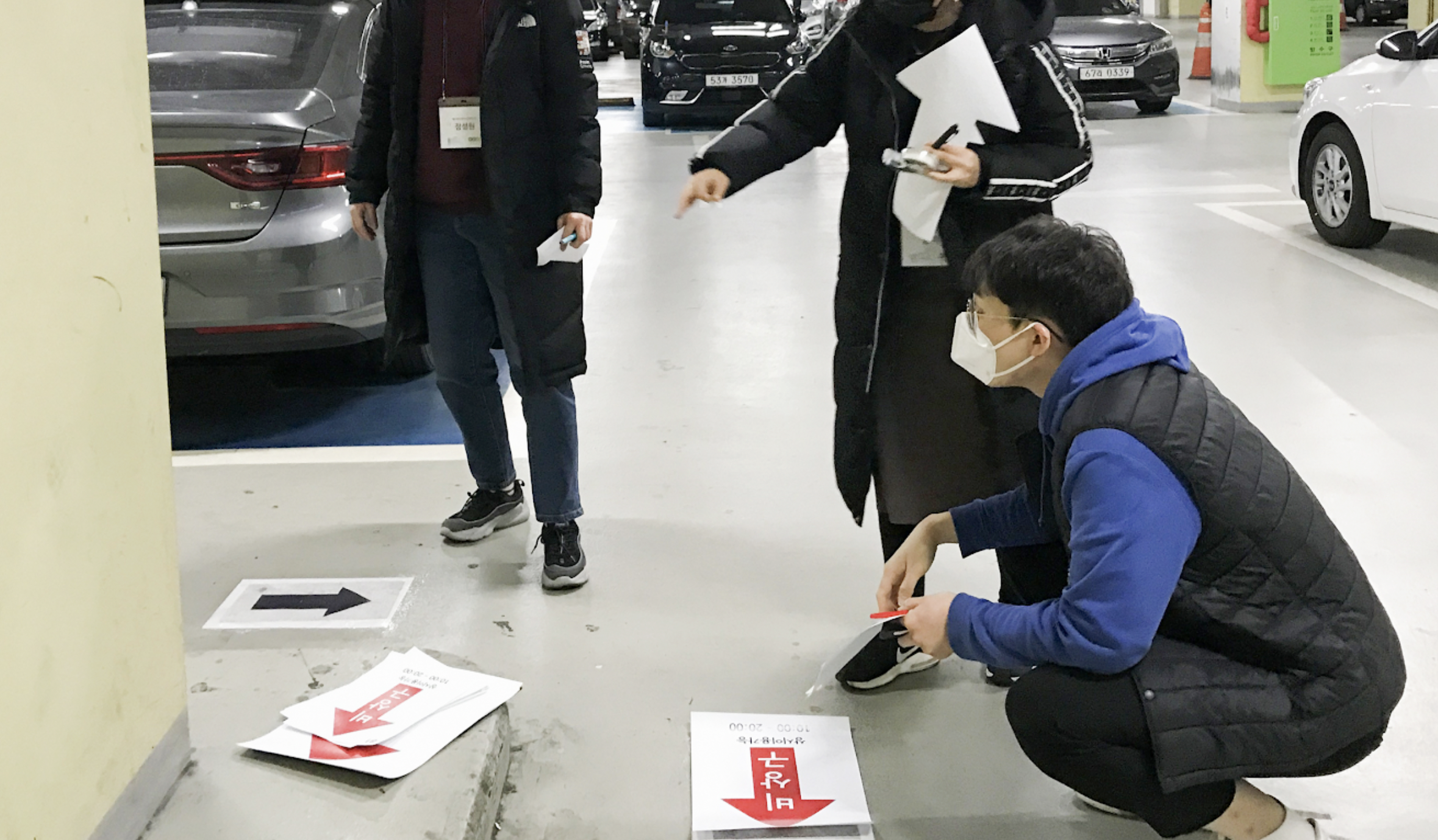

Journey
Our team tried to stick to the basics. We kept our focus on fundamental design principles. We went out to do research as much as we could. People on the front line were incredibly busy and exhausted, but we waited until they had the time to speak to us. We talked to patients whenever there was a chance and on the phone. We also engaged doctors and nurses through online surveys, phone calls and messages.
Our service design approach was centred around rapid prototyping - agile research, quick brainstorming and real-time learning by doing. Our service design team provided hands-on support to frontline staff, finding unmet needs and opportunities on the front line and considering the end-to-end experience of all services when other people didn’t have the time.
Below I highlighted some of the things we’ve done.
1. Creating sign system and communication design
After setting up the negative pressure ward, we worked closely with the architecture team and frontline staff to plan new routes and signboards with clear messages. We wanted people to recognise the changed path at a glance without getting confused.
2. Improving experiences and communication at Covid testing centres
We did research, including interviews and field observations around 10 Covid testing sites. We found pain points that people experienced before, during and after visiting the Covid testing site. Many things needed to be improved, such as improving the overall operating system and input of more staff and resources. But most people thought it would be temporary, so we couldn't commit to a significant change.
The key issue we found was the anxiety and confusion that came from the uncertainty of information and the fear of being in an unfamiliar environment - a tent temporarily installed at that time. We wanted to alleviate the anxiety and ensure that people felt safe by:
Providing practical information to know before visiting
Encouraging infection prevention behaviour by setting up intuitive information and efficient access route
Providing helpful information before getting their test results in the next day
We also tested a mobile appointment system to prevent physical contact with the staff within the environment.
3. Designing a digital entry system
We discussed a mobile electronic access system that would be safer from infection and more efficient. Our team worked closely with the digital department to design how the mobile pass would work, especially considering the user experience of those unfamiliar with a digital device and the use of QR codes.
Through iterative interviews and discussions with staff from each department, we planned out what happens at each visitor touchpoint, who plays what role, and where and what action to take. We clarified the design principles, the test elements were specified according to principles, and user and staff feedback was applied quickly through iterative live tests on-site.
We also identified different scenarios per different personas. If someone was not aware of this new entry system, they could go to the desk to get help from our staff.
Outcome & Impact
The Covid testing centre - we collaborated with frontline staff to create a draft communication guide that could be shared across all public Covid centres. We provided original design files along with this guide and consulted the managers of Covid testing centres on how they could improve their Covid testing centres.
The digital QR code entry system - within a few days of the first implementation, 60% of visitors received a QR code in advance to enter. This helped reduce the traffic at the hospital's front door. We constantly spotted pain points and brought them into our meetings. For example, if there is an accompanying person, such as a guardian, we made it possible to enter the information of the accompanying person without having to download any extra QR code.
We also tried to find opportunities to share best practices and learning across all public hospitals dealing with similar issues.
The copy below is saying ‘Do not take off your protective suit here’ in Korean.
Service Design in a crisis - Actively reflecting the voices of the field
This experience of working at the hospital during Covid-19 left me with this question - what is the service designer's role when time is tight and resources are scarce on the front line?
The most valuable experience was the constant, agile collaboration among different departments - from getting feedback straight away and constantly coming up with new ideas to continuing to evolve them. A deep understanding of what worked and didn't work through repeated trial and error leads to better decisions.



